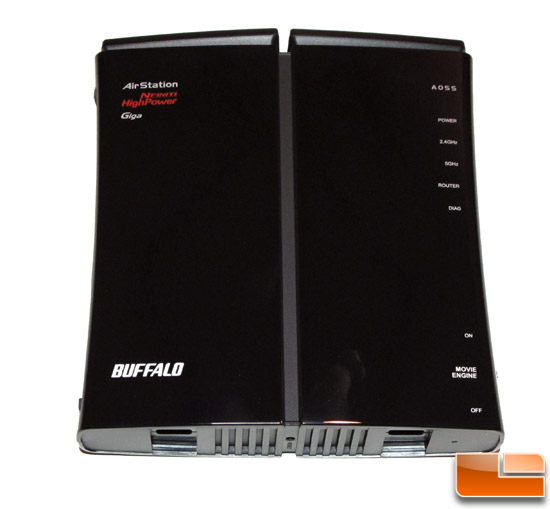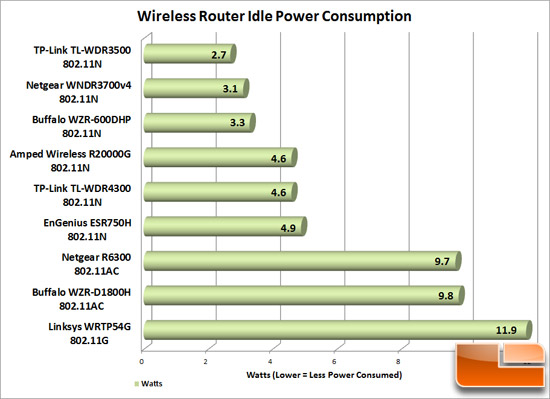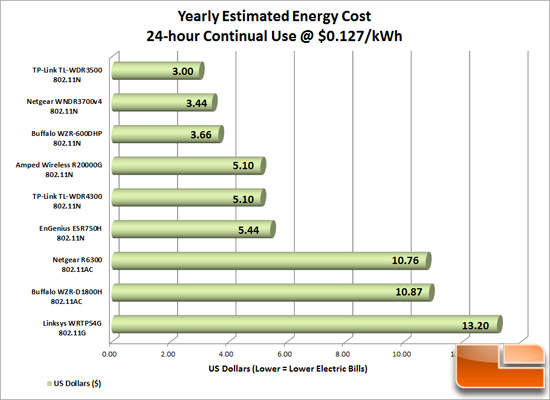Buffalo AirStation N600 Dual-Band Wireless Router Review
Buffalo AirStation N600 Power Consumption
 Power consumption by your home’s electronic devices continues to be a very important issue so we have made an attempt to present some simple power consumption tests on the various routers that we had. To measure idle usage, we reset each wireless router to the default settings and plugged them with no devices connected to them. We then measured the power draw from each router at the wall with our P3 International P4400 Kill-A-Watt electric usage monitor.
Power consumption by your home’s electronic devices continues to be a very important issue so we have made an attempt to present some simple power consumption tests on the various routers that we had. To measure idle usage, we reset each wireless router to the default settings and plugged them with no devices connected to them. We then measured the power draw from each router at the wall with our P3 International P4400 Kill-A-Watt electric usage monitor.

Benchmark Results: We see here that the Buffalo WZR-600DHP N600 Dual-Band router is one of the most energy efficient network devices we have ever tested. At 3.3 Watts, you can see how other devices – like the 802.11AC routers – operate at 3 times the power at idle.
Since most people will have their routers turned on for 24-hour a day operation, we think that examining power usage is an important benchmark. Total cost of ownership (TCO) is an important financial estimate that helps consumer’s direct and indirect costs of a product. In our TCO calculation we will be figuring up how much it costs to have a wireless router running per year in an idle state with the unit being installed 24-hours a day. We will be using 12.7 cents per kilowatt-hour (kWh) based on the bureau of labor statistics report from April 2012 showing that amount as the national average.

Benchmark Results: The low-wattage consumption of the Buffalo WZR-600DHP equates to very inexpensive cost of use. We see from the chart above that the long-term use of the Buffalo AirStation N600 router is pretty cost-effective when we consider continual use in the home or office.

Comments are closed.